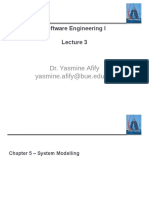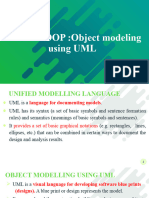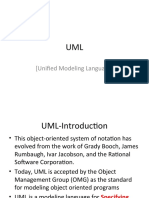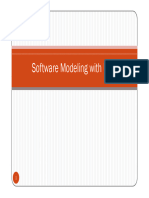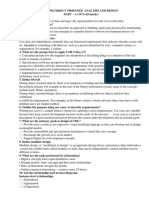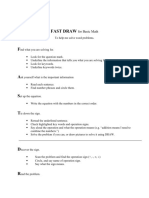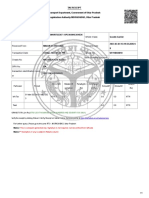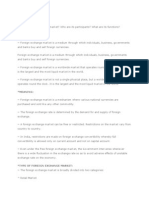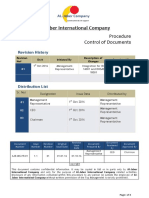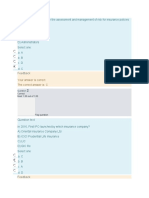0% found this document useful (0 votes)
41 views4 pagesUML Use Cases for CSC340 Students
The document discusses modeling interactions using UML use case diagrams. It explains that use case diagrams capture relationships between actors and use cases, and notation for use case diagrams include actors, use cases, and system boundaries. It provides examples of use cases, actors, and relationships between use cases like <<extends>> and <<uses>>.
Uploaded by
tanlejunior5Copyright
© © All Rights Reserved
We take content rights seriously. If you suspect this is your content, claim it here.
Available Formats
Download as PDF, TXT or read online on Scribd
0% found this document useful (0 votes)
41 views4 pagesUML Use Cases for CSC340 Students
The document discusses modeling interactions using UML use case diagrams. It explains that use case diagrams capture relationships between actors and use cases, and notation for use case diagrams include actors, use cases, and system boundaries. It provides examples of use cases, actors, and relationships between use cases like <<extends>> and <<uses>>.
Uploaded by
tanlejunior5Copyright
© © All Rights Reserved
We take content rights seriously. If you suspect this is your content, claim it here.
Available Formats
Download as PDF, TXT or read online on Scribd
/ 4

